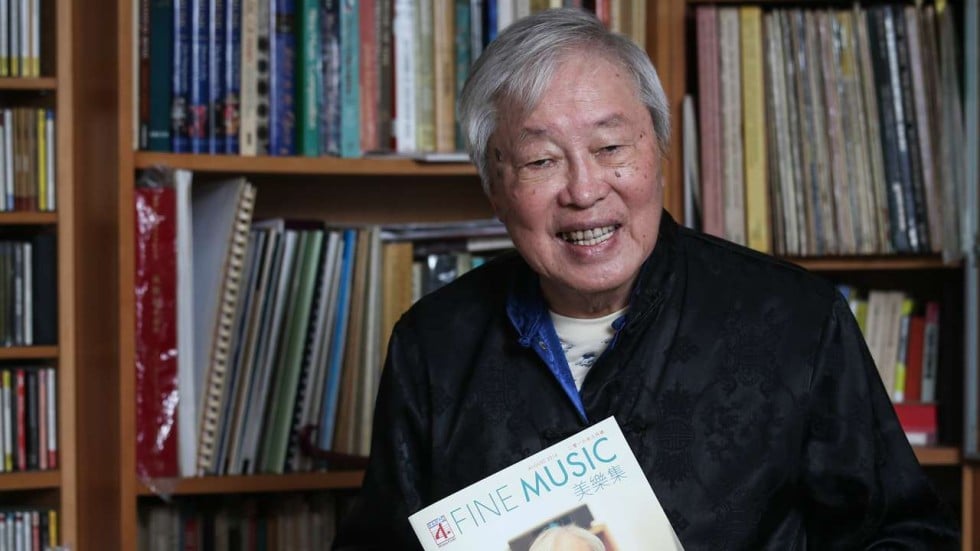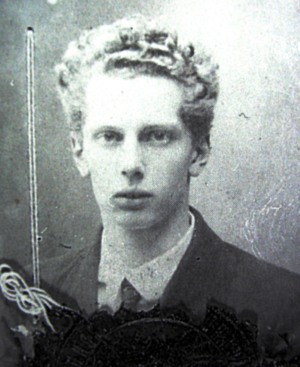Evolving mysteries - a Norwegian, Fritz Eugen Thoresen, a Captain in the merchant marine, whose ship at sea was captured by the Japanese Navy. In prison he suffered greatly and died in tragic circumstances.
Fritz Eugen Toresen Fød 1884-06-15 var ombord på den allierte Britiske SS, Shinhwa da han ble tatt til fange og sendt til den japanske fangeleieren på Amay . Han ble syk i slutten av juni og døde i Shanghai 15 august 1944. A colourful life, but such a sad end.
It started so differently. Fritz's father's family came from Norderhov and his mother, Anna Larsson (born 31st May 1860) from
Andebu or Tønsberg. Fritz was born 15th June 1884, second of seven children, three of them ending up in China. In 1905, he joined the Imperial Chinese Maritime Customs, an organization which belonged to the Chinese governemnt but which was run mainly by foreigners. He was stationed in Lappa near Macau, but very soon after quit to go back to sea, based in Amoy (Xiamen), a very large port on the east coast of China.
In the Norwegian national census of 1910. he's still on the way up the naval hierarchy, listed as"styrmann" (First Mate), visiting his widowed mother and siblings, after five years abroad. Two years later his younger brother Thorbjørn would also go to sea, on a wooden ship with sails, which got shipwrecked off the coast of Australia, where he was rescued by aboriginals, and lived among them for a while. Fritz Eugen was also a Freemason, initiated
Corinthian Lodge, Amoy 9 Sept 1911, then Northern Star Lodge of China 10th June 1913 and later at Newchwang, Manchuria. By 1919 he is Grand Master of the Lodge at Amoy, usually dominated by Englishmen. By 1939, he was a Captain employed by Wallem & Co, a very big shipping company, which still exists today, and presumably captained large vessels. He made his will at this time, aged around 55, which was the age Europeans usually retired in China.

Fast forward to December 1941. Fritz Eugen is captain of the SS Shinhwa which sails out of Shanghai on 6th December. This was a much smaller ship, owned by a man who was nowhere in the same league as Wallem & Co. The Captain who should have sailed this voyage died of a sudden heart attack, so Fritz Eugen took over at short notice. Two days later Japan declared war on Britain and the US, attacking Pearl Harbor and Hong Kong. On 9th December, the Shinhwa is captured by the Japanese navy and Thoresen is forced to take it to Amoy. Ironic timing - leaving port in peacetime, sailing into war. The Shinhwa was owned by a man called George Lewis Shaw, half Japanese, half Scottish, from Fuzhou. Though Shaw and his son also married Japanese women, Shaw supported Korean Independence from Japan. (Please read
more here). So the Japanese Navy had reasons for seizing the ship and throwing its crew into a naval prison. Fritz Eugen probably wasn't involved in Korean independence. China and Japan had been at war since 1931, and there was a bad effect on trade, and shipping. The Shinhwa was on a long-term wartime charter to the British government though in what capacity, I can't find. It probably flew a British Red Ensign - another reason for the Japanese seizure. Certainly Thoresen is listed on the memorial to merchant seamen lost in the service of the British at Tower Hill, London. In theory, this would have meant that compensation would have been due to Thoresen's dependants but Shaw objected : there's correspondence on file where he denies all responsibility. That's how I found letters from Fritz Eugen's brothers and sister to the Norwegian consulate in China, all in Norwegian except for the brother who went to New York and writes in English, American style. Thoresen is also listed on a memorial in Oslo to Norwegians who died abroad in wartime, but I don't know if there's anyone left there who knew him.
Even though as a Norwegian, Thoresen was neutral, he was treated badly : at this stage he may have contracted the tuberculosis that was to kill him later. On 1st July 1942, he was released to return to his home at apartment 7A, 25 Rue du Consulat in the French concession in Shanghai where he'd been living for 5 years. The registration document above is the certificate issued by the Shanghai municipal authorties in 1944, the "33rd year of the Republic of China" and gives the same address, in Chinese, and also a transliteration of his name in Chinese "Tung Lei Sun". He has a dependent, Tito Livio Rozario, a student, born 1924, parents deceased, though his will dated 1937 mentions only his siblings.
In the 1920's and 30's Shanghai had been one of the world's largest cities with a population greater than New York. It was a manufacturing and financial centre, with international trade. In 1937, the Japanese captured it, causing an exodus of refugees and prosperity. It didn't recover until quite recently. Living in Japanese-occupied Shanghai was extremely difficult, for everyone, Chinese or foreign. Jobs were hard to come by, and without an income it would have beeen difficult to make ends meet, especially in a wartime situation. Though Fritz Eugen had quite considerable savings, they ran out or could not be assessed, since British banks were sealed off when Japan and Britain went to war. He survived on loans from the Swedish consulate pledged against his stocks and shares. Basically, he was close to destitute. Fritz Eugen's sister, Ruth, married to Shelton (English? and, it seems, another sometime Maritime Customs employee) was also in Shanghai (106 Ferry Road) but she wasn't well either and died in 1946. Their brother Thorbjørn was interned in a camp in Hong Kong where at least he had regular food, but not much. He, too, died in 1948. He rests in a Hong Kong cemetery, the only Norwegian surrounded by thousands of graves with inscriptions in Chinese.

By February 1943, Fritz Eugen was so unwell that he had to see a doctor, but by this stage both his lungs were affected. Health care was not free - if you were poor, you had no choice. "
He refused to go hospital and insisted on being treated ambulatorily", wrote his physician, (Dr B. Meyerowitz) and deteriorated quickly. "
In March, he consented to go to the Shanghai General Hospital, here I treated him until April when a bed in the first class of the Tuberculosis Ward of the Victoria Nurses Home became available.” He remained there until the summer of 1943, when, in an improved condition he discharged himself contrary to the physician's advice". In September 1943, he contracted a fungus infection of the right hand. "
On this and on several other occasions, the gravity of his position was pointed out to him and attempts were made to induce him to return to the hospital. He did not agree before March 1944, when his general health and the general findings of his lungs showed a sudden deterioration. he was admitted to the Shanghai Municipal Hospital, re-transferred to the first class ward of the Victoria Nurses Home, where the lung specialist of the City of Shanghai took charge of his treatment again. An improvement of his condition could not be effected. The patient succumbed to his disease on the 15th August 1944". ("First class" in this context doesn't mean luxury. It just meant that it was westernized standard better than available to ordinary Chinese.)
Clearly, Fritz Eugen could not afford medical treatment, and was realistic enough to know that he would not survive. But what choice did he have ? The photo at the top shows him in February 1944, looking gaunt and unwell : in the last picture, taken only a few years earlier, he doesn't look too great. With a brother and sister in China in difficult situations and relatives in wartime Norway, Fritz Eugen must have faced his fate alone. There is no way we can mitigate the bleakness of his position. Until this time last year I didn't even know his name. But purely by chance a friend came across a mention of him in a merchant navy archive, and from there, things started to emerge. So Fritz Eugen isn't forgotten after all.
























.jpg)

